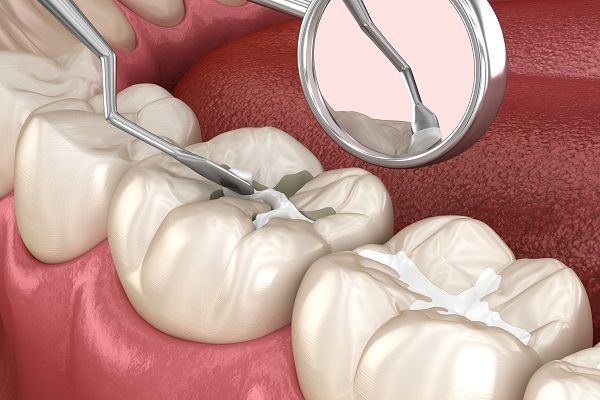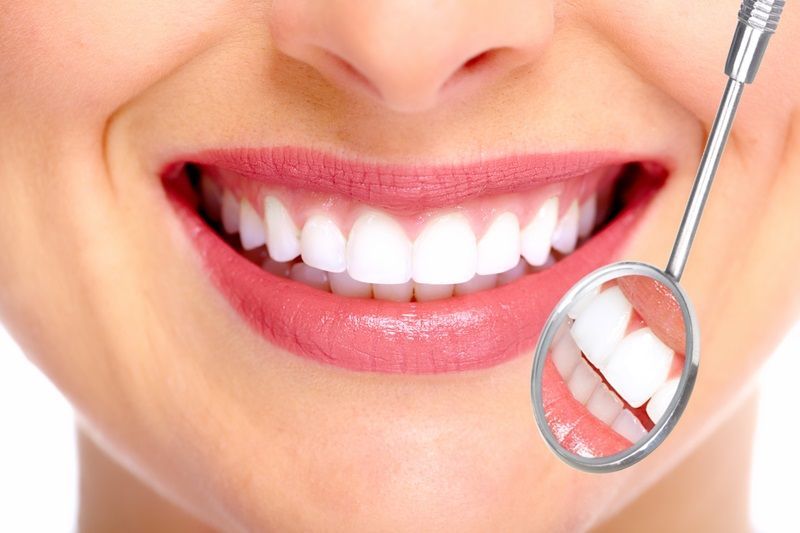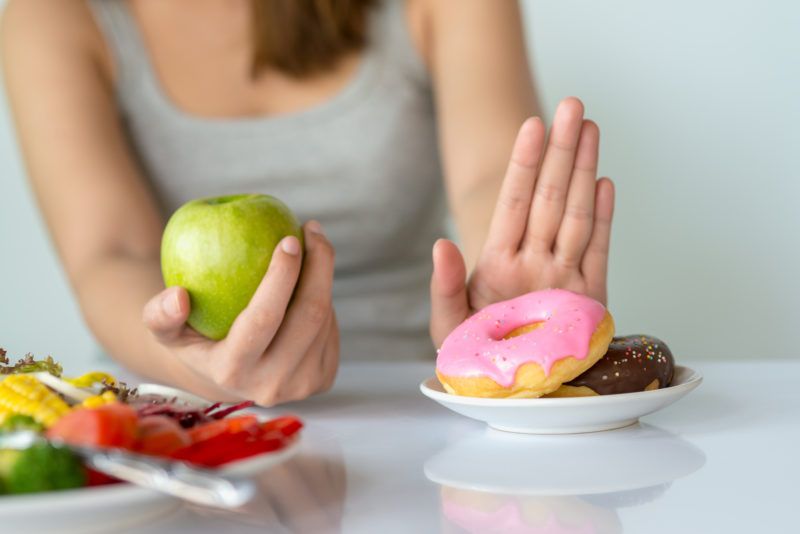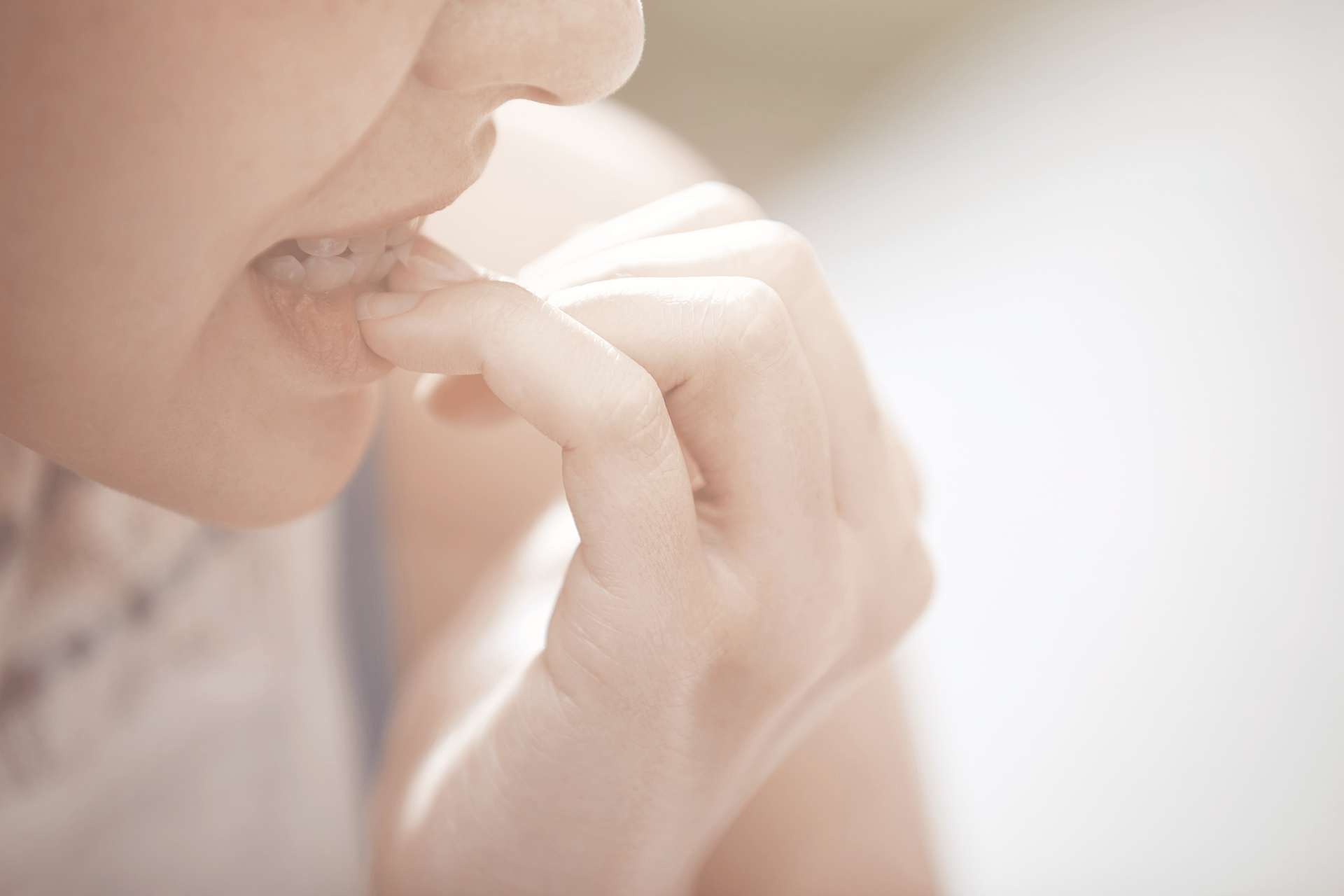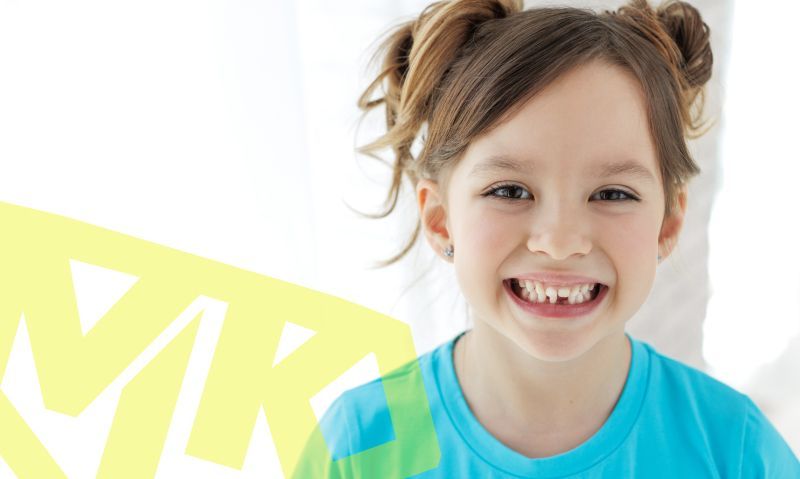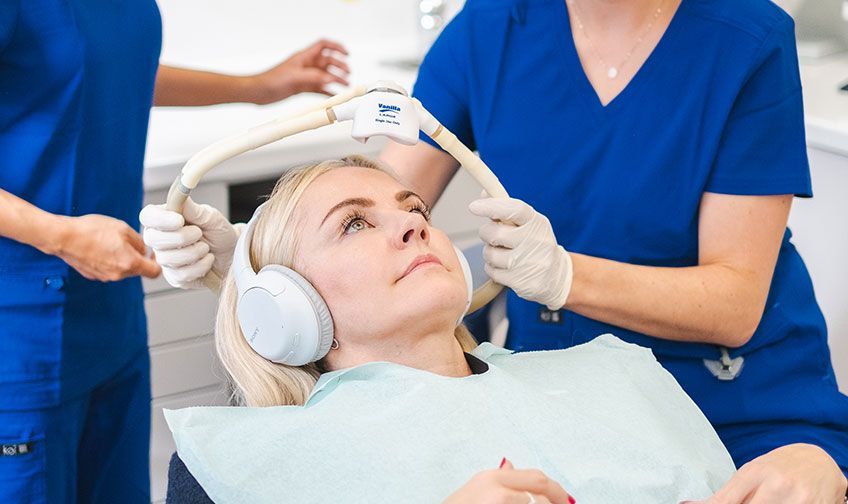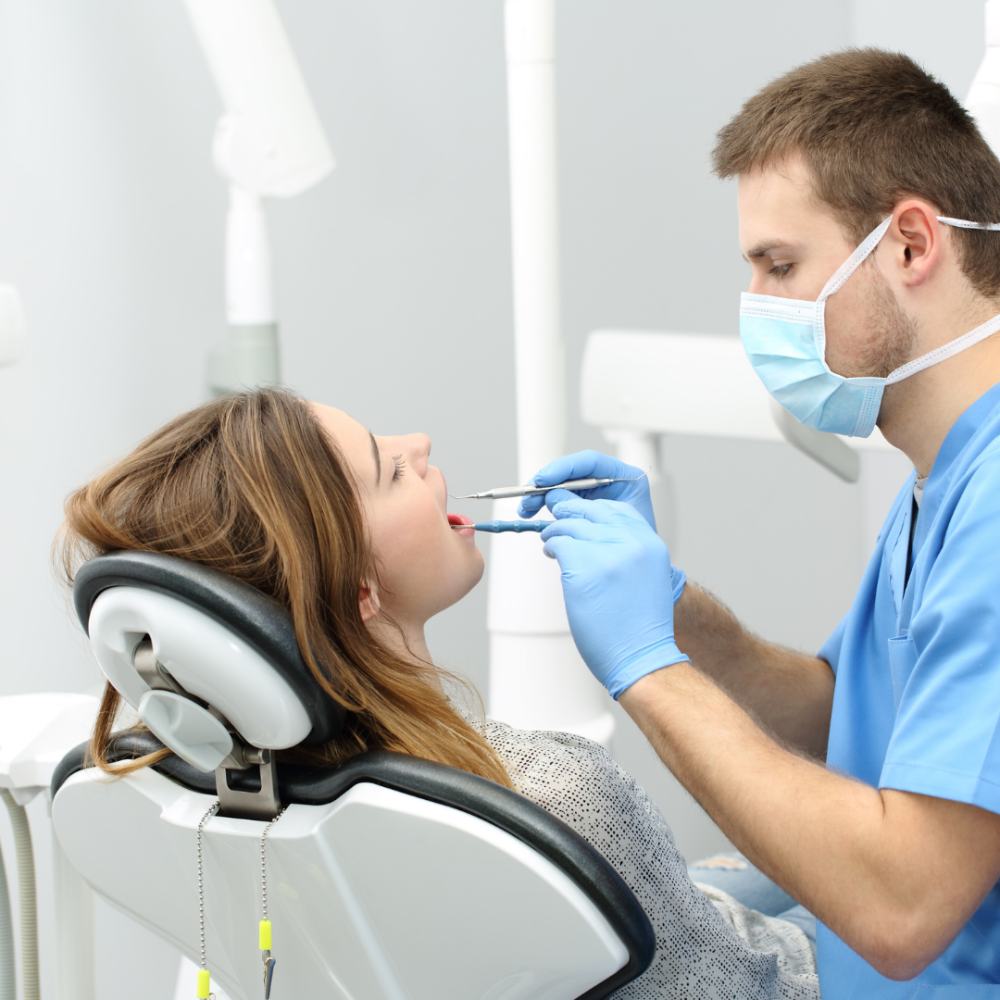As a parent, you spend most of your day teaching your child about the world. You teach them to say please, when to wash their hands, and how to share with others. But one of the most important things that you can teach your child is how to maintain their dental and gum health. Of course, you may have already tackled brushing your teeth with your little tyke, but when do you start flossing your child’s teeth? If your child doesn’t floss, then their mouth isn’t clean.
Regrettably, many parents skip flossing their children’s teeth, believing that it is something only older children are supposed to do. In reality, flossing is just as important, arguably more important, than having a proper brushing technique. Still, teaching a child to floss can be intimidating for some parents. If you are worried that it might be difficult to floss your child’s teeth, or if you just aren’t sure how to teach them a proper flossing technique, here are some tips.
At What Age Should You Start Flossing Your Child’s Teeth?
Most dental health professionals agree that children’s teeth should be wiped or gently brushed as soon as they erupt from the gums. This massaging will also help the discomfort of teething. You don’t have to start flossing at that time because it is easy to clean the teeth thoroughly with a soft finger brush or a washcloth. However, once your child has more teeth it will be harder to clean in the areas between them. When your child is about two years old, you should begin to gently floss between your child’s molars.
How to Floss a Two-Year-Old’s Teeth
When your kids are so little, you may think that it is impossible to keep your two-year-old calm or still enough to floss their teeth. But when children are still small, it only takes a few moments to floss between the back molars. If your child is resistant to the new sensation, start by flossing between one or two teeth only. As your child becomes more used to the idea, you can start to floss between all of them.
However, it may indeed be difficult to fit your fingers in such a tiny mouth to reach those molars! This can be helped by purchasing disposable plastic flossers at the drugstore. These tools make flossing another person much easier. As a bonus, many of these flossers are colorful and can make flossing fun for little ones. Use these tools until you can teach your child to floss regularly on their own. At this time, it’s important that they use traditional floss since these flossers are not as effective in dislodging buildup and getting below the gumline.
When Can They Start Flossing on Their Own?
Just like any other skill your child develops, it will take several years of practicing and reminding before they are able to floss on their own. Usually kids who have been taught how to floss can begin flossing their teeth on their own around the age of nine or ten. This is usually how long it takes for a child to be dexterous enough to reach all of their teeth with floss alone.
You can help them at this age by giving gentle reminders to floss. Teach them that everyone should floss at least once a day. It’s best to floss at the same time you brush your teeth, either in the morning or in the evening. This way it becomes a part of your daily schedule.
